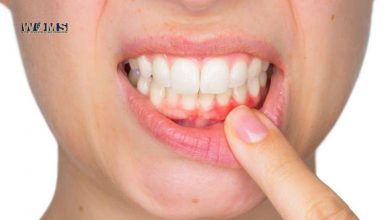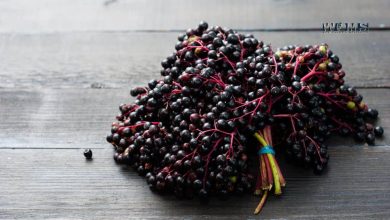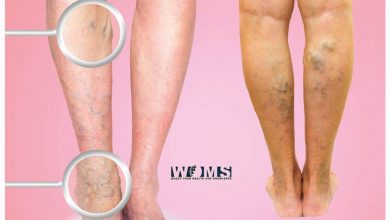The 6 Best Diet Plans

There are a lot of different diet plans out there some work better than others, but each varies in their approach to what they believe is best for your body. If any of these diets have caught your eye in particular, then read up on why these specific diets might be a good fit for your lifestyle and goals.
The Ketogenic Diet
The Ketogenic diet is a very low carbohydrate, very high-fat diet. The principle behind this diet is that the body will begin to produce ketones (also known as ketone bodies), which are by-products of complex carbohydrates being broken down for energy by the body’s cells. When carbohydrates are broken down, they are converted into glucose, which is then used as its primary fuel source. Insulin is released in response to the excess glucose present in the blood after a meal. It signals other enzymes to start using stored glucose for energy rather than contributing it to our bodies as fuel. The result is higher blood glucose and insulin levels, which can lead to weight gain, gut issues, and other health issues.
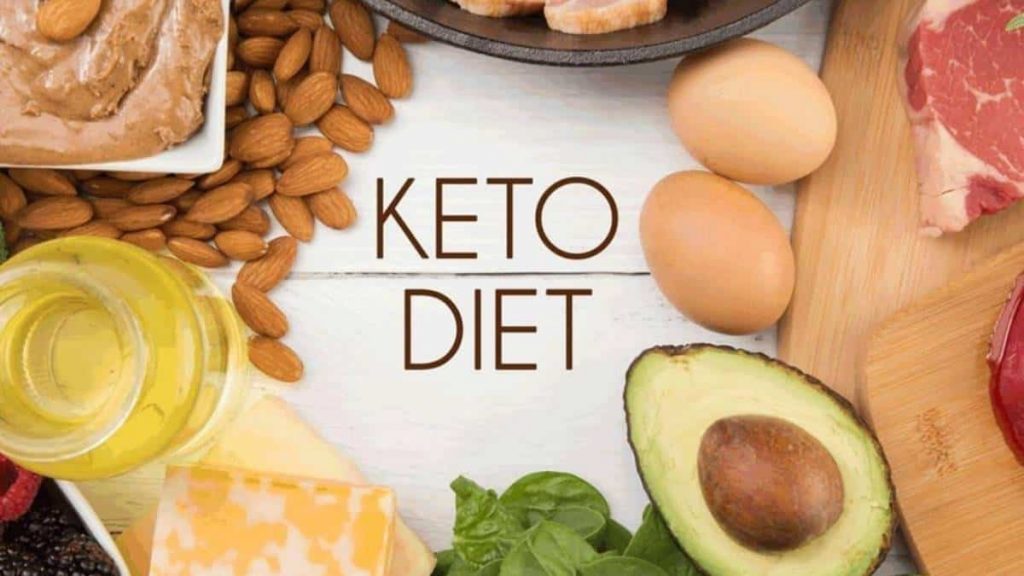
The key to a ketogenic diet is to stay away from grains like you wouldn’t go near a grain of sand on the beach. It would also be good not to eat beans. What is good is to consume nuts, fatty seaweeds, many seeds, and plants. Keep away from products that contain corn syrup, sucrose, and glucose, because they contain starch and are usually difficult to digest. A ketogenic diet is good for your health. It leads to stable digestion and a lower risk of heart disease.
There is one doubt that arises in every vegan’s mind: “Is cabbage keto approved or not?” Yes -The much-maligned, under-appreciated cabbage is both keto- carbohydrates friendly. Yes, cabbage is a type of vegetable that is included in the low-carb food list. It is loaded with nutrients and antioxidants and cabbage is perfect for a keto diet.
The Paleo Diet
The Paleo diet is based on the idea that our modern diet doesn’t meet all of the nutritional needs of our bodies, which can lead to illness and disease. This theory stems from the fact that humans evolved from hunter-gatherers who primarily consumed meats, fish, vegetables, nuts, and fruits – as opposed to foods that are more readily available in modern society, such as grains, dairy products, and legumes. The main focus is on including foods that our ancestors would have had access to in their hunter-gatherer days.
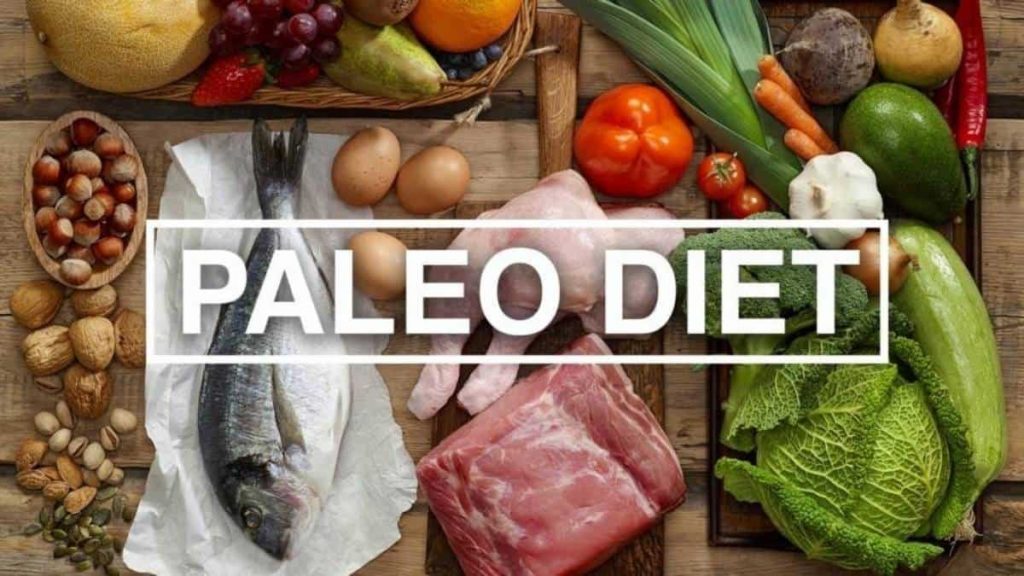
When following this diet, you will typically see a reduction in food products that are high in grains, dairy, processed foods, and sugars. While there is no set rule for eating the way we would have eaten before developing agriculture and modern food delivery systems, Paleo followers tend to focus on consuming high amounts of lean meats, fish, and natural fruit.
This diet can be pretty restrictive to follow as it requires a lot of preparation. To understand what your body needs most and what it can benefit from by being on this diet – as well as making sure that you’re just eating foods that would have been available back then – it might be best to consult with your doctor before starting the Paleo diet regime.
The Low-Calorie Diet
The main goal of the low-calorie diet is to reduce your caloric intake while also limiting the total amount of food that you eat each day. To do this, you will be forced to make sure that every meal and snack is nutritious, low in calories, and not fattening – which can be a lot harder than it sounds. One of the easiest ways to measure this would be using your hands as a guide. For instance, one handful of nuts should fit into the palm of your hand – if it’s larger than that, then you’re most likely going overboard with your portion sizes.
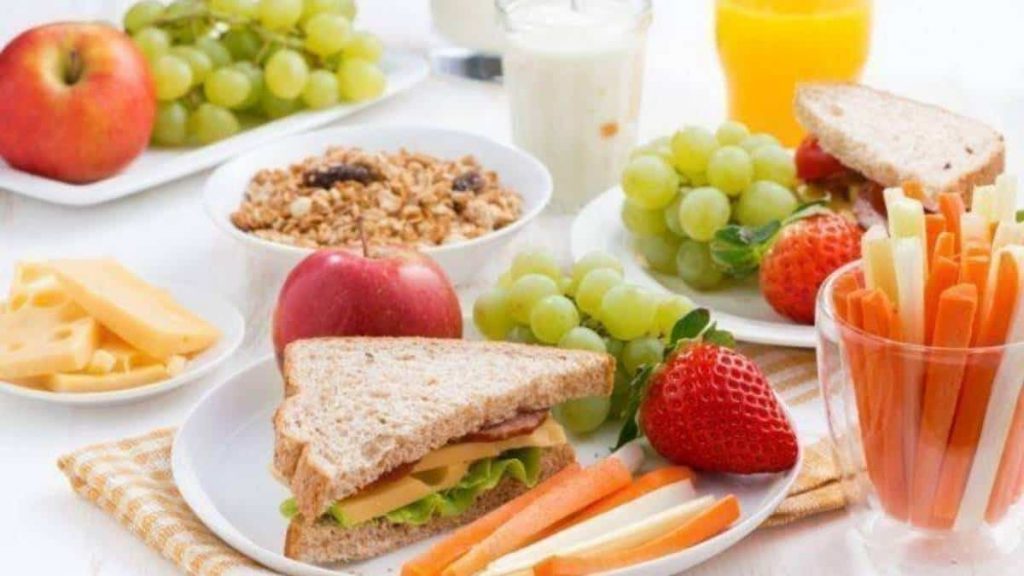
The Completely Raw Food Diet
The most extreme version of this diet is the 100% raw food diet. This means that you are only allowed to consume foods that are not heated above 115 degrees Fahrenheit, including all necessary vitamins and minerals. The main idea behind this plan is that the body needs to be exposed to as much sunlight as possible – which means fresh fruits and vegetables – for our bodies to determine what we should eat. Vegetables such as carrots, onions, sweet potatoes, and yams are also inhibited because they need some cooking to be assimilated into our bodies properly.
The idea behind the plan is that eating raw foods will improve your health, better digestion, strengthen your immune system and provide you with more energy. However, several problems can occur when following this diet. The first one is that you will have to spend over half of your day preparing different meals and snacks from raw fruits and vegetables – and this can quickly become a challenge when you’re trying to lose weight as it also means avoiding overindulging in food.
Low-fat diets
One of the most common methods for losing weight is a low-fat diet. These diets typically have you avoid eating any fat of any kind – which isn’t suitable for your body as it needs fat to absorb vitamins and minerals from our food. While it’s true that overeating fat can cause weight gain, if you reduce your intake of fats too much, then you can push yourself to suffer from malnourishment.
This diet is also problematic because it typically requires you to give up all types of fats, which are high in calories and essential for survival. Despite this, there is evidence that low-fat diets do not provide the same health benefits as other diets.
The High Protein Diet
Here’s a simple rule for weight loss – don’t eat a lot of complex carbohydrates and instead focus on eating more protein from lean meats and protein-rich dairy products. This will not only help you to lose weight but will also improve your health and give you lasting energy. While high-protein diets are great for losing weight, some people can experience lowered energy levels due to the highly restrictive nature of this type of diet – especially when following it for long periods.

Some people also believe that overeating protein can increase the risk of specific health issues such as heart disease.
Also Check: Work out with low carb diet
Conclusion:
It’s essential for anyone trying to lose weight to find a diet that works for them and will help them achieve their goal. While several different types of diets are available – as well as good online resources to help you determine which one might be best suited for your situation – the best thing to do would be to talk with your doctor before starting any new diet.


